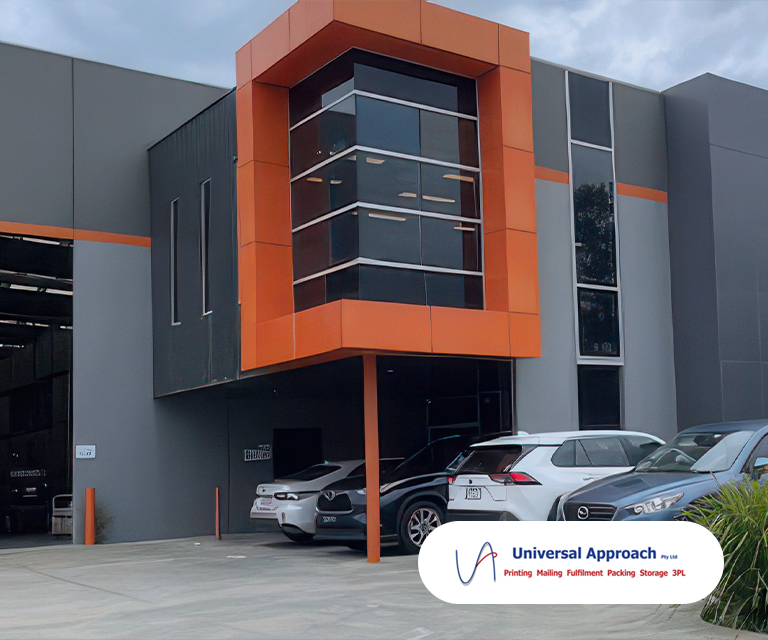Organisations across all types of industries were forced to change their working practices and adopt new technologies in 2020 to adapt to government restrictions and support remote workforces in response to the pandemic. However, companies now face the challenge of optimising new processes and technologies to achieve more strategic business outcomes, and ensure business continuity, into the future.
Taking the first step
Many companies have embraced solutions that provide a stronger foundation for the workforce and that empowers employees to work remotely as and when needed. Now, it’s essential for business leaders to assess their business processes to identify areas for improvement. Through business process improvement practices, organisations can optimise performance and efficiencies by identifying, analysing, and improving internal processes.
This includes identifying opportunities to automate to reduce time and resources spent on manual tasks or upgrading existing technologies and tools to gain efficiencies.
While business process improvement can be invaluable, there’s no real one-size-fits-all approach that you can take to improve your processes. However, there are five simple steps that you can use as a guideline to help you in the process:
1. Map and analyse your business processes
Mapping your business processes is an essential step in your process improvement journey. This will help you develop a visual representation of your workplace processes as well as see how tasks are done and who is involved. This gives you a clearer picture of which processes can be improved and who might be responsible for them. You should dedicate time to reviewing and analysing process maps to identify potential bottlenecks and process issues, tracing issues back to possible sources and identifying potential improvements.
2. Redesign workflow processes
One of the most critical parts of improving business processes is redesigning workflows. After identifying any bottlenecks and process issues in the workflow, you will need to redesign workflows to streamline these processes. It’s essential to involve key stakeholders in this process as they work closely with workflows and will be integral to managing changes made in the process.
3. Develop your implementation plan and assign resources
Part of this process is assigning roles and delegating resources to help enact solutions identified through the assessment process. You will need to create a detailed plan that identifies stakeholders and resources needed to support the implementation, along with tasks each stakeholder will be responsible for managing. In addition, you will need to develop a comprehensive timeline of activities with deadlines to ensure the implementation process stays on schedule.
4. Communicate your implementation plan
Stakeholders will also need to be made aware of resources that will be made accessible and how these changes will affect their roles and daily tasks. It’s essential to provide clear explanations of what the new workflows are and how these will change and benefit the organisation to help reduce any anxieties or resistance to workflow changes. Communicate clearly with staff over business process changes, including any relevant training or resources that employees need so they can adapt to the new workflows and processes.
5. Execute your implementation plan
Once you have communicated your business improvement process implementation plan, you will need to set the wheels in motion. Maintaining continuous communication with employees and stakeholders throughout the process will help things move smoothly, especially as improving business processes may involve incorporating new teams or systems.
An ongoing and evolving practice
Business process improvement should be an ongoing practice for companies looking to futureproof their business, rather than a set-and-forget strategy. You must continuously monitor your business processes to identify and optimise any issues that arise after rolling out a new process or workflow. Your employees and key stakeholders are a critical source of feedback that you can leverage to ensure everything continues to run smoothly.
While following these steps can help companies start on their business process improvement journey, it can be challenging to improve business processes. Investing in business process management software and partnering with specialists can help simplify the road ahead.
For more information on how Konica Minolta can help to streamline business process improvement, contact the team today.





